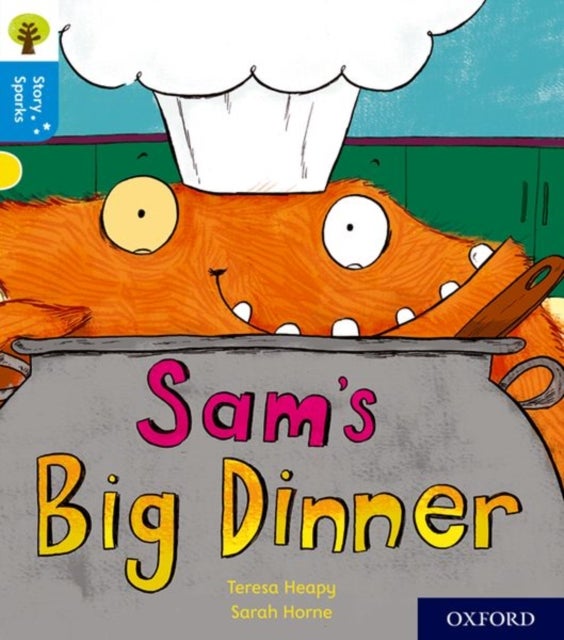
Long Live King Kobe: Following the Murder of Tyler Kobe Nichols av Paul Auster
399,-
<span><p><span>“On the eve of Christmas Eve...” Paul Auster writes, “Tyler Kobe Nichols collapsed onto the sidewalk with three knife wounds in the front of his torso and one in the back.”</span></p><p><span>His death soon followed. With it, the twenty-one-year-old joined the ranks of young people killed by senseless violence in America. Tyler’s death warranted just two paragraphs in the </span><span>New York Daily News</span><span>. And yet with each death, a new story begins that is rarely if ever told; one that centers around the fallout from traumatic loss. This story, as Tyler’s mother Sherma Chambers keenly observes, is generational, with no clear end in sight.</span></p><p><i>Long Live King Kobe</i> began with a mistake. Photographer Spencer Ostrander had arrived at the funeral for Tyler believing he was a victim of gun violence, and hoping to include him in an ongoing project Ostrander had created to document the








